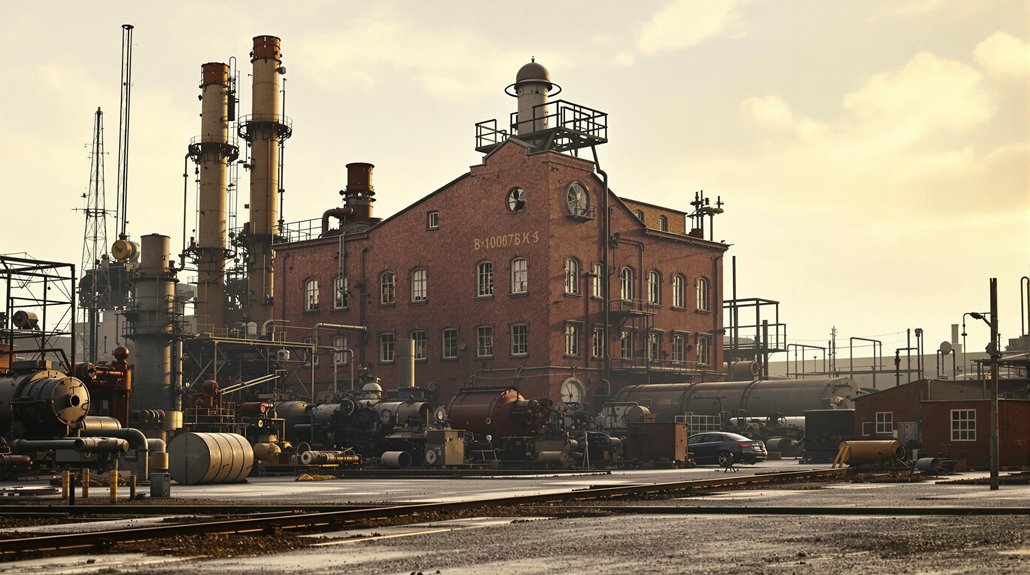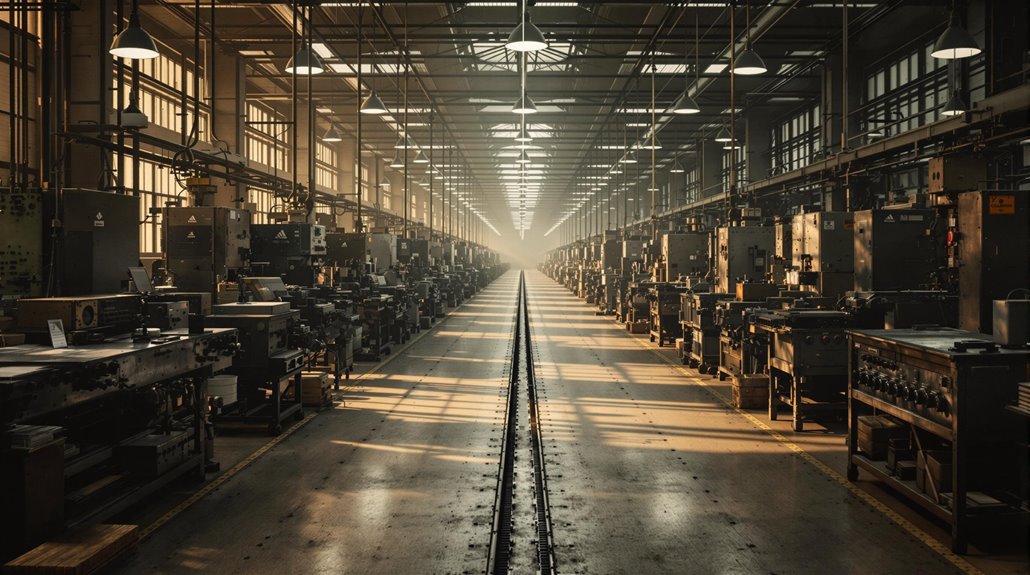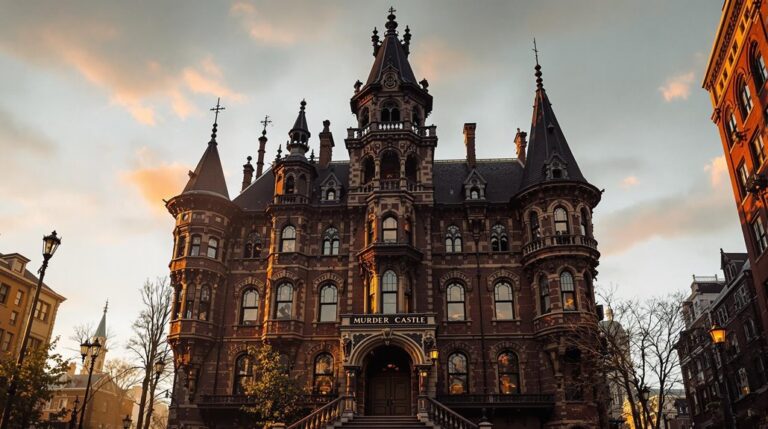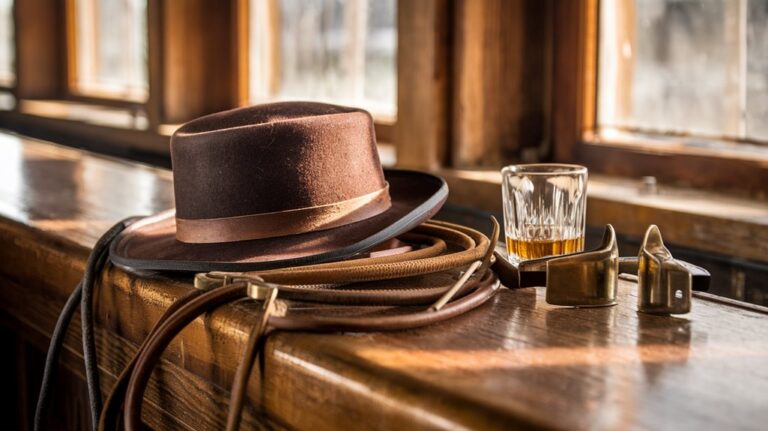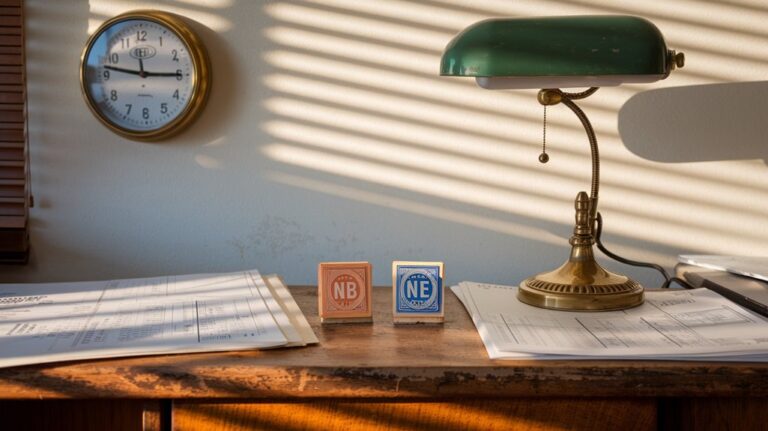A Family Feud That Gave the World Adidas and Puma
Like two opposing teams taking their positions on a battlefield, you'll find that the story of Adidas and Puma begins with two brothers sharing a small workspace in their mother's kitchen. You might think you know these iconic brands, but their origin stems from one of the most bitter family feuds in business history. The tale of Adolf and Rudolf Dassler isn't just about sneakers and sportswear—it's a stark reminder of how personal conflict can transform into global competition.
From Kitchen to Global Success: The Birth of Dassler Brothers
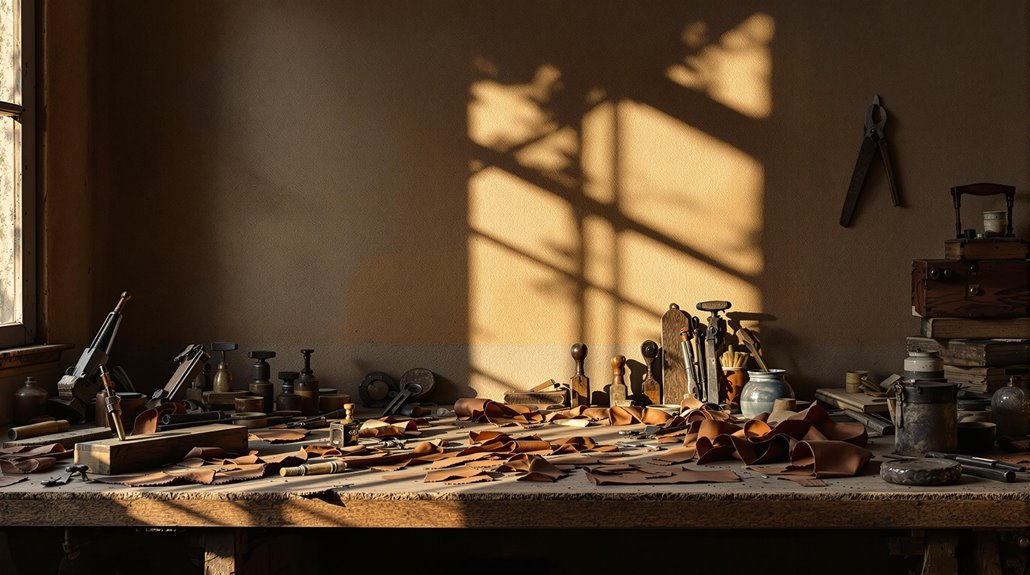
While many global brands start in garages, Adidas began in a humble laundry room. In 1924, Adolf Dassler started crafting shoes with just a dozen workers producing 50 pairs daily. His brother Rudolf joined the venture, bringing complementary family dynamics that would shape their success – Adi's quiet innovation techniques paired perfectly with Rudolf's outgoing sales expertise.
The brothers officially registered Gebrüder Dassler Sportschuhfabrik, focusing on specialized athletic footwear. They pioneered leather football shoes with studs and track shoes with spikes, constantly experimenting with unique materials like shark skin and kangaroo leather. Their dedication paid off when they supplied footwear to athletes at the 1936 Berlin Olympics. The company's reputation soared when Jesse Owens wore their shoes during his historic Olympic performance.
Despite financial challenges, their commitment to innovation caught the German Olympic coach's attention. Soon, they'd outgrown the laundry room, expanding to a factory in Herzogenaurach where they even generated electricity by pedaling a stationary bike.
Olympic Glory and Early Triumphs
The Dassler brothers' innovative shoe designs caught the world's attention at the 1928 Amsterdam Olympics. When Lina Radke won gold and set a world record in their spiked track shoes, it marked their first major international success.
Their Olympic achievements reached new heights at the 1936 Berlin Games, where Jesse Owens dominated with four gold medals wearing Dassler footwear. Athletes sporting their shoes claimed a total of 17 medals at those Games. While Adi focused on creating custom spikes, Rudi handled sales to maximize their Olympic exposure.
Their early innovations, including the first cleated soccer boot and lightweight track shoes, helped drive sales to 200,000 pairs annually by the late 1930s. The brothers initially started their business by making shoes in their family home workshop.
They expanded into multiple sports markets, and their reputation grew as American soldiers discovered their shoes during WWII.
Their commitment to performance-oriented designs and athlete sponsorship established a foundation for global success.
Breaking Point: The Great Divide
Despite their early success together, rising tensions during World War II fractured the Dassler brothers' relationship beyond repair. The brotherly rivalry intensified when Rudolf was drafted into the German army while Adolf stayed behind to manage their factory. Rudolf suspected his brother had arranged his conscription, marking the beginning of a perceived business betrayal.
Living arrangements became unbearable as their wives clashed under one roof, and miscommunications during Allied bombing raids only deepened their animosity. After the war, the situation worsened when Adi testified against Rudi during denazification proceedings.
In 1948, the brothers finally split their company, dividing workers and resources. Adolf kept the train station factory while Rudolf established his operation on Würzburger Street.
The split transformed their hometown of Herzogenaurach into a divided community, where residents chose sides between Adidas and Puma, creating separate social circles and establishments that would last for generations.
Tale of Two Companies: Adidas vs. Puma
Since splitting their family business in the late 1940s, Adidas and Puma have evolved into global sportswear giants, though both trail behind industry leader Nike.
While Adidas holds an 8% share of the global sportswear market, Puma captures 2.6%, reflecting their ongoing brand rivalry. The brothers' relationship was strained by their differing political views during World War II.
You'll find distinct market strategies shaping each company's trajectory. Adidas has positioned itself as "The Football Brand" and invests heavily in demand creation, spending 12% of its sales. The rivalry originated when the Dassler brothers split in 1948, dividing their original shoe company into two competing entities.
Puma's approached proved successful too, signing football legend Eusébio and launching the iconic Puma King shoes. Recently, Puma's shown remarkable momentum, achieving 28% growth in 2022 compared to Nike's 5%, with sales climbing from €3 billion to €8 billion since 2014.
Both companies continue competing fiercely, even employing legal teams to challenge each other's interests.
A Town Torn Apart: The Impact on Herzogenaurach
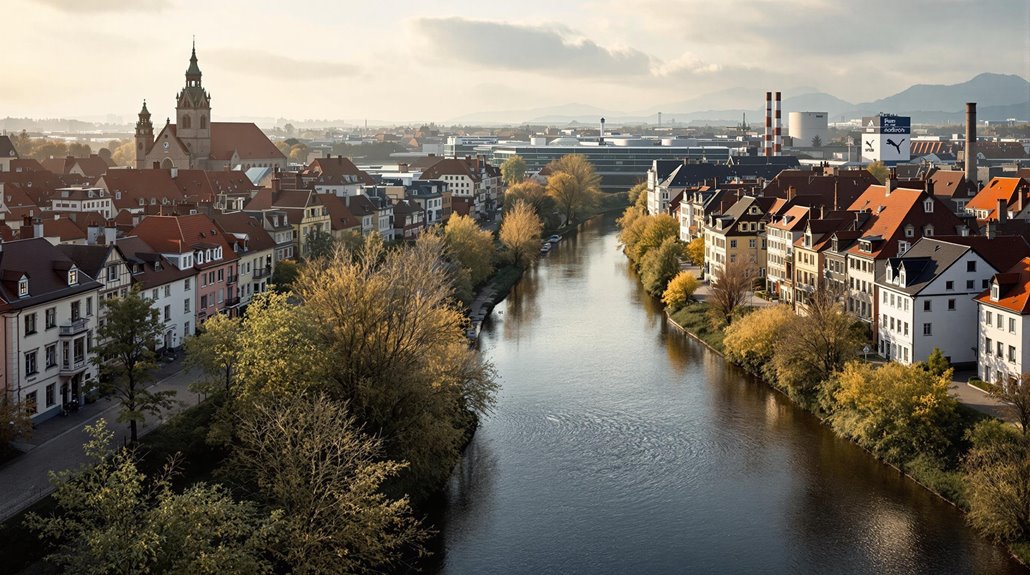
Behind the global rivalry between Adidas and Puma lies a deeply personal story that transformed their hometown of Herzogenaurach, Germany. You'd find the River Aurach physically dividing the town, with Adidas operating north and Puma south, earning Herzogenaurach the nickname "town of bent necks" as residents checked which shoes others wore.
The social dynamics were stark: families wouldn't speak across company lines, and you'd find separate bars, bakeries, and barbers serving each side. The hostility continued for nearly 70 years of division before finally ending with a friendly soccer match in 2009.
The economic consequences ran deep, as local businesses had to choose allegiances, while job prospects often depended on family ties.
Even sports reflected this division, with two distinct football clubs: FC Herzogenaurach backing Puma and ASV Herzogenaurach supporting Adidas.
The rivalry shaped everything from marriage choices to children's playmates, fundamentally altering the town's fabric.

